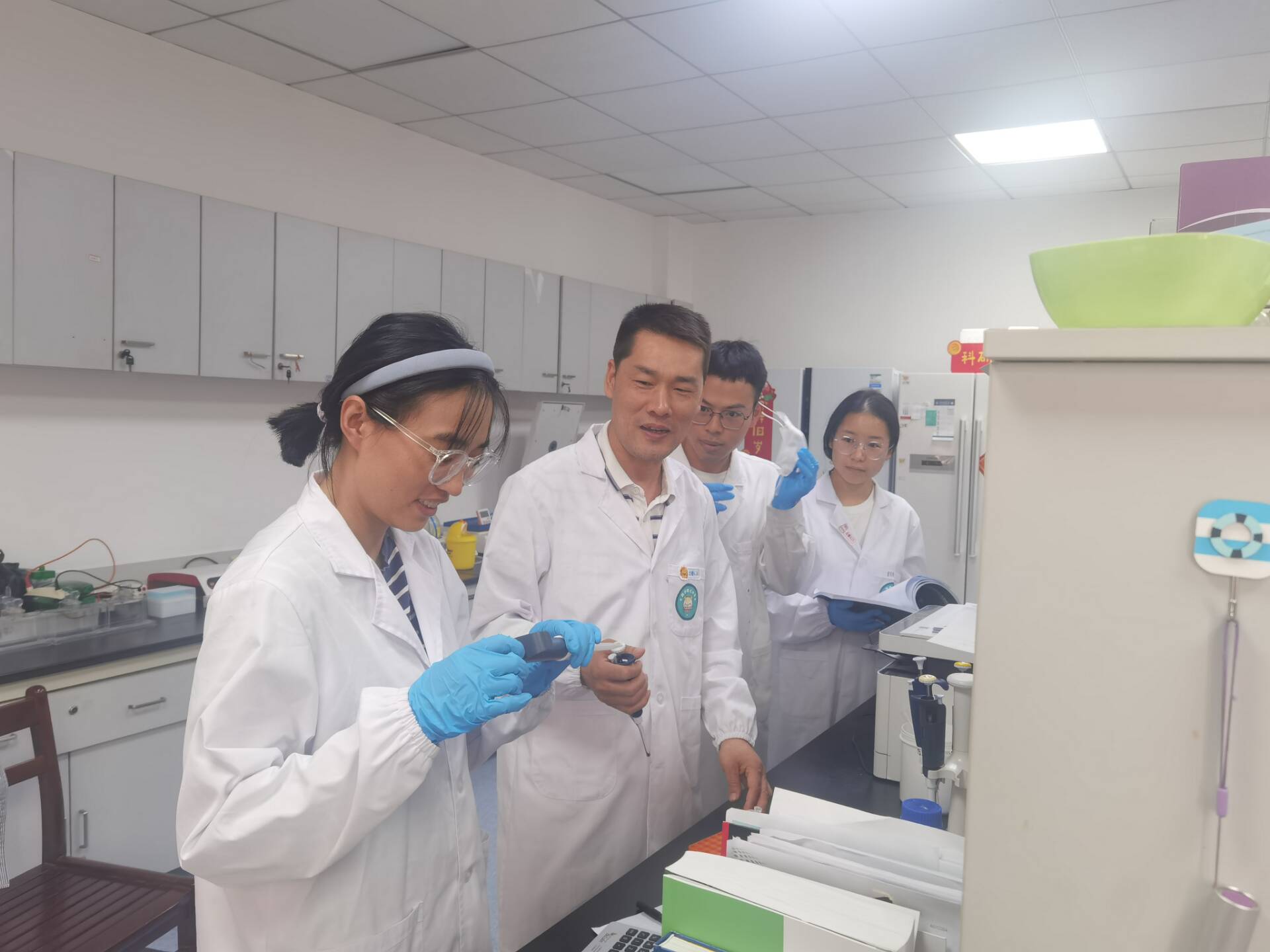
A team of researchers from the College of Horticulture and Forestry at Huazhong Agricultural University has uncovered the molecular mechanism of how two transcription factors, SlTCP24 and SlTCP29, synergistically regulate the development of compound leaves in tomato plants. Their findings were published in the journal New Phytologist.
Compound leaves are composed of multiple leaflets that originate from the same leaf primordium. They are found in many plant species and have diverse shapes and arrangements. Compound leaf shape is an important factor affecting plant architecture and stress response, and is closely related to crop yield. Tomato is a model plant for studying compound leaf development, as its leaf morphology ranges from simple to complex.
The researchers found that SlTCP24 and SlTCP29, two plant-specific transcription factors with a conserved TCP motif, are negative regulators of tomato compound leaf development. When both genes were knocked out simultaneously, the number of leaflets increased significantly, and the leaf shape became more complex. The researchers also discovered that SlTCP24 and SlTCP29 could form both homodimers and heterodimers and that their dimerization was impeded by the leaf polarity regulator SlAS2, which interacted with them.
Furthermore, the researchers showed that SlTCP24 and SlTCP29 could bind to the TCP-binding cis-element of the SlCKX2 promoter and activate its transcription. SlCKX2 is a gene involved in cytokinin degradation, a hormone that regulates cell division and differentiation. Transgenic plants with SlTCP24 and SlTCP29 double-gene knockout had a lowered transcript level of SlCKX2 and an elevated level of cytokinin, leading to more complex leaf shapes.
This work led to the identification of two key regulators of tomato compound leaf development and their targeted genes involved in the cytokinin metabolic pathway. The researchers proposed a model of regulation of compound leaf development based on their observations.
The first author of the paper is Hu Guoyu, a doctoral graduate from the School of Horticulture and Forestry at Huazhong Agricultural University. The co-corresponding authors are Professors Wang Taotao and Zhang Junhong. Other contributors include Professors Ye Zhibiao and Yang Changxian, Dr. Shoaib Munir, and Professor Hong Zonglie. The research was supported by the National Natural Science Foundation of China, the Major Project of Hongshan Laboratory in Hubei Province, and the National Modern Agricultural Industry Technology System.
Source: HZAU News Network, New Phytologist

